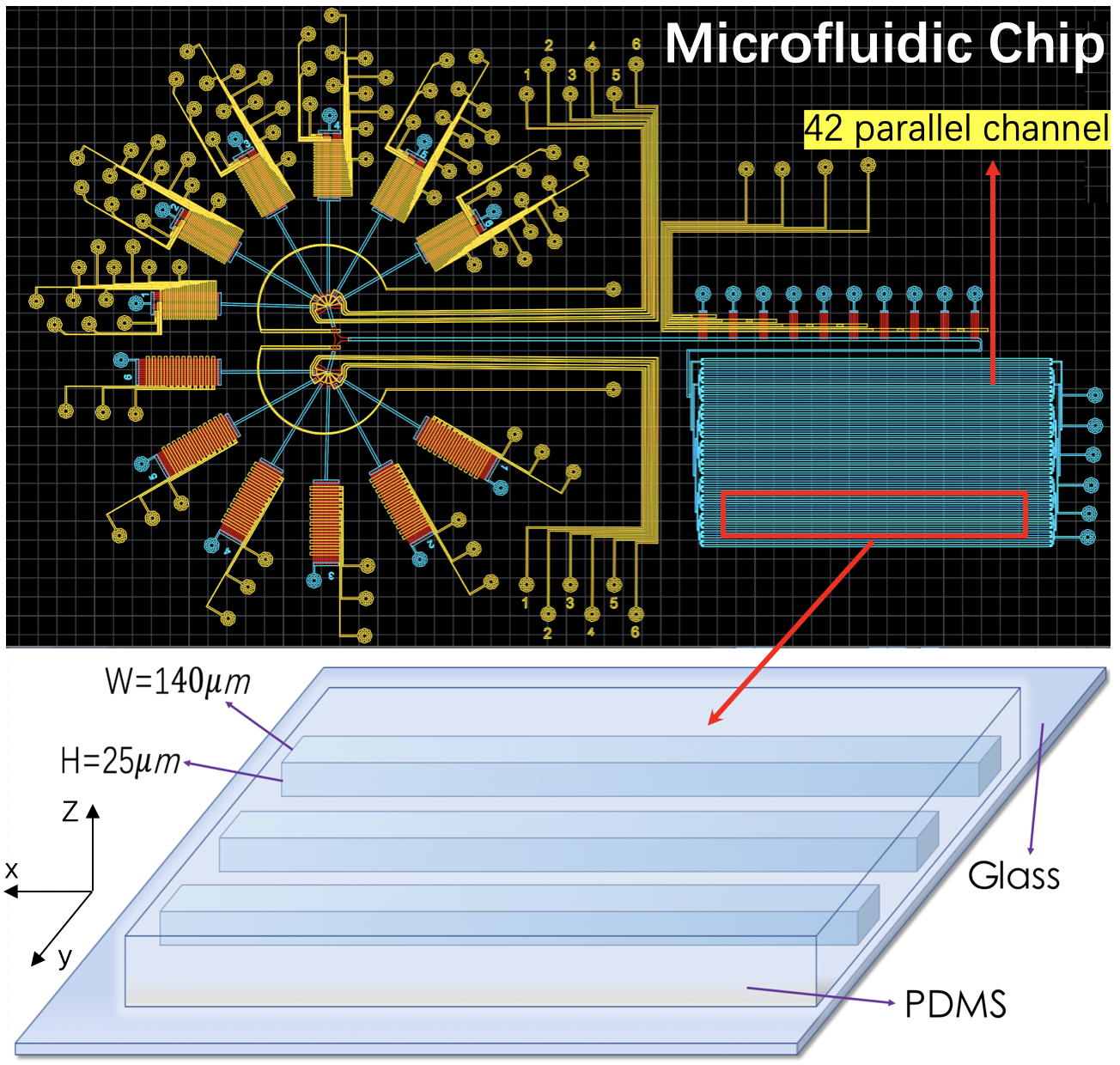
Name of Research Group: Soft Matter Physics Lab (SMPL)
Description of Research Group: Our research interests are the classical topics in the soft matter physics, including the wetting phenomena, the passive and active Brownian motion in confined space and the self-assembly away from equilibrium state.
Colloidal particles in the Hele-Shaw cell exhibit distinct dynamics due to the confinement. The interaction among the particles make the problem much complicated. The microscopic collision process between particles and the thinning fluid layer surrounded is intriguing in the confined 2D system. By using the thermal controlling, magnetic (electric) filed we play the games on the Brownian motion of the passive particles and active stochastic microswimmers.
Recently, we are employing the bacteria, E. Coli, to illustrate the hydrodynamic behavior in the microfluidic channels, and the run-tumble active random motion. We quantitatively measure the bacteria orientation responding to the surrounding fluid flow, especially when the mean velocity of the fluid is comparable with the swimming velocity of the bacteria. We are extremely attracted to the collective motion, active rheology of the bacteria in the limited slow Poisseuille flow in the microfluidic channels.
Meanwile, drying suspension on diverse substrates with varying conditions is another topic we are still working on. Wetting control by nanostructured semiconductor materials is dedicated to the drying pattern from the colloidal suspension. Pressure (high pressure/vacuum) and temperature (heating and frozen) are used to control the drying dynamics of drops with the complex fluid.
Team members Introduction:
颜宁哲,研究生
研究兴趣:Flow-induced swimming order in collective bacterial crowd
Active matter systems are made up of units that propel themselves by consume bio or chemical energy. Physicists group flocks of birds, molecular motors and layers of vibrating grains together in this category because they all extract energy from their surroundings at a single particle level and transform it into mechanical work. By studying the behavior that emerge, our understanding of these systems can be enhanced and new frameworks for investigating the statistical physics of out-of-equilibrium systems can be built.
However, how does the formation of the collective motion with the order of large length scale than the size of the individual, is fundamental important but far from well understood. Inspired from the magnetic polarization, we ask the question here, how the bacteria are aligned due to the shear stress in Poiseille flow. The order parameter analogy to the magnetization $M$, can be defined in the active system, and the similar hysteresis curve ($M~\dot{\gamma}$) can be measured experimentally.
For this purpose, we develop the microfluidic channels, and track the bacteria swimming responsing to the shear flow. Data analysis will be performed to define all the variables corresponding to the magetic polariation, such as, saturation magnetization$M_s$, permeability $\chi$, Coercivity$\gamma_c$.


https://nwu-smpl.netlify.app/